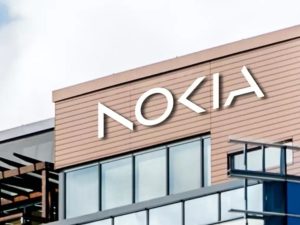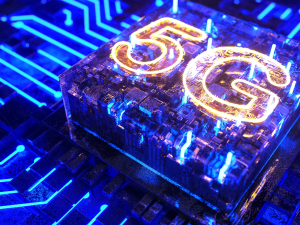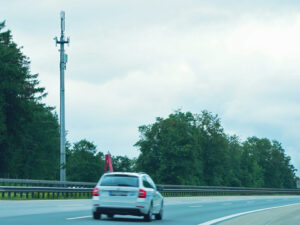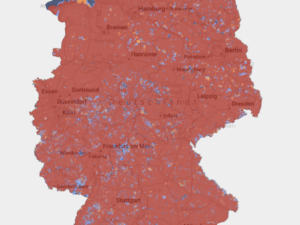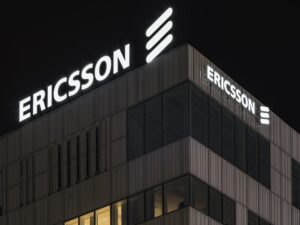Technical 5G performance requirements set by the ITU-R in its ITU-R M.2410-0 report released in November 2017

- The minimum requirements for downlink peak data rate: 20 Gbps
- The minimum requirements for uplink peak data rate: 10 Gbps
- Target downlink “user experienced data rate”: 100 Mbps
- Target uplink “user experienced data rate”: 50 Mbps
- Downlink peak spectral efficiency is 30 bps/Hz
- Uplink peak spectral efficiency: 15 bps/Hz
- Minimum requirement for user plane latency for eMBB: 4ms
- Minimum requirement for user plane latency for uRLLC: 1ms
- Minimum requirement for control plane latency: 20ms
- A lower control plane latency of around 10 ms is encouraged though
- Minimum requirement for connection density: 1 million devices per km2.
- Requirement for bandwidth: at least 100 MHz
- Bandwidths up to 1 GHz are required for higher frequencies (above 6 GHz)
- Four classes of mobility defined:
- Stationary: 0 km/h
- Pedestrian: 0km/h to 10 km/h
- Vehicular: 10km/h to 120 km/h
- High-speed vehicular: 120 km/h to 500 km/h
Commercial 5G networks
Many operators make no promise on speeds, just mention that 5G speeds are available without defining what will be the 5G speed.
When operators promote speeds for 5G, they focus on the maximum speed theoretically reachable. Some players chose to set prices based on guaranteed speed while most operators released 5G plans based on the number of Gbps included.
Some players stress the minimum guaranteed 5G speed available on the network.
5G download speeds measured are much faster than 4G at world level with national and player discrepancies.


